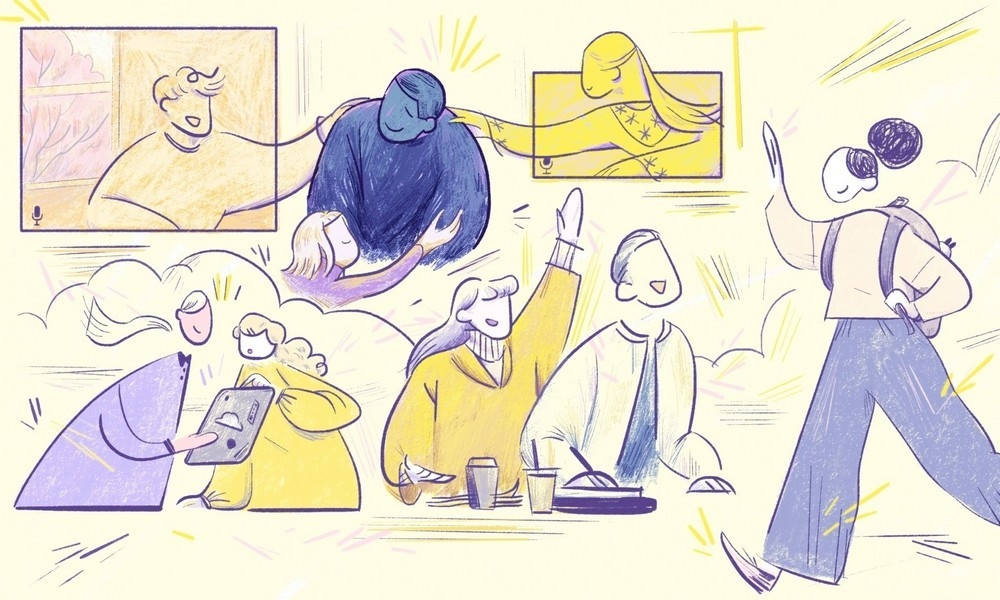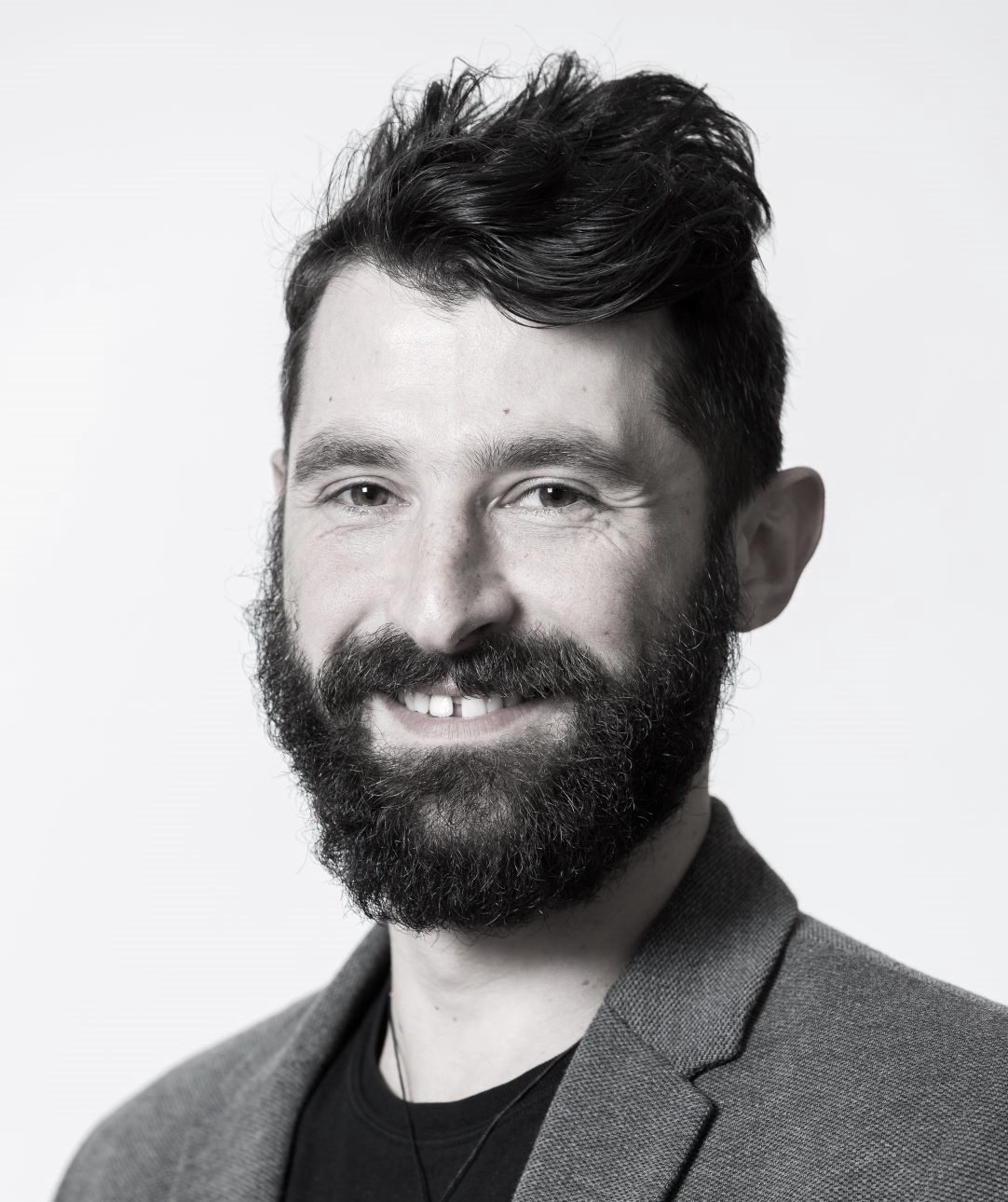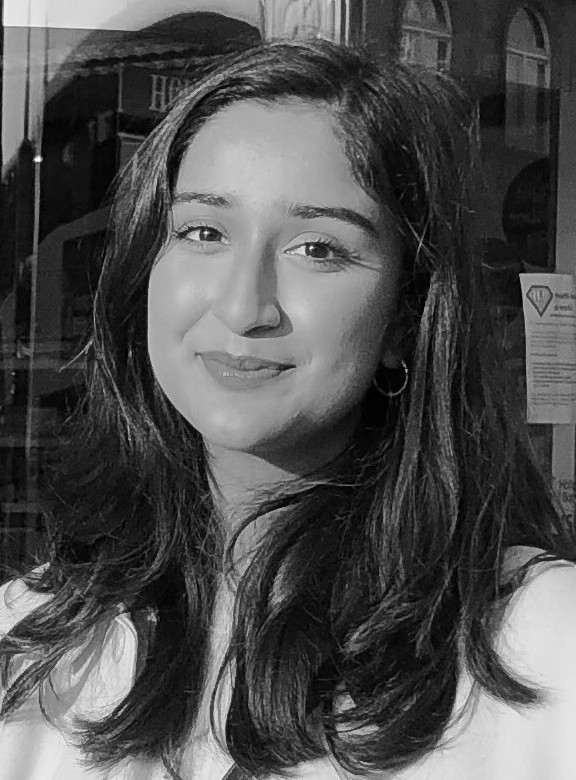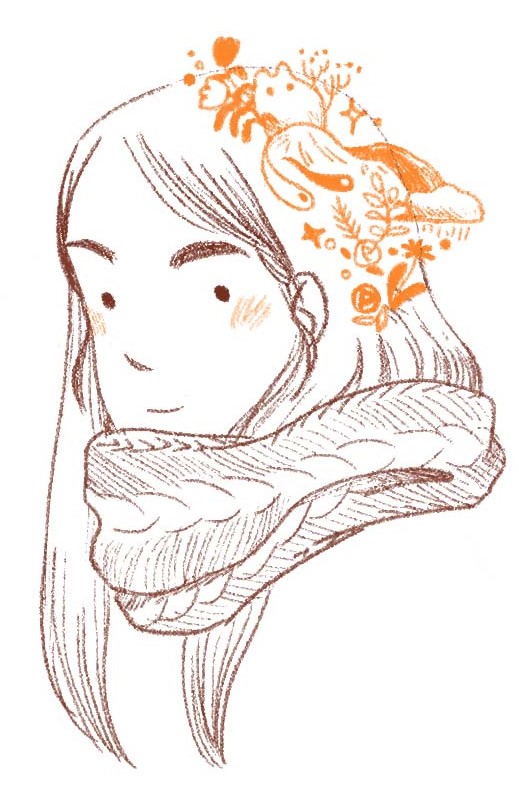
In this post, Borislava Georgieva and Azwa Iman, two students who took the Engineering Principles 1 course redesigned by Dr Simone Dimartino, reflect on their experience of being part of a virtual community of engineers of all interests and abilities. This post is part of the Learning & Teaching Enhancement theme: Building Community.
Introduction: Simone Dimartino
Engineering Principles 1 (EP1) is a flagship course that was recently redesigned to meet the vision of a major Curriculum Renewal effort at the School of Engineering. This blank-slate design allowed us to foster an important element of learning and teaching: building a community of students.
In this post, I briefly introduce the aims behind the new EP1 course, and invite two first-year engineering students, Azwa Iman and Borislava Georgieva, to offer their reflections on how the course fostered a strong student community. Azwa and Borislava attended the course in its first edition in the fall of 2020, i.e. when building a community of learners was even more important due to COVID-related social restrictions active at the time.
Back in June 2020, as I was designing Engineering Principles 1 (EP1), I decided to employ a project-based approach to develop professional skills while cultivating community building. From day 1, students play their role as “engineers in the making”, and work together to deliver on four different group projects. Student teams are allowed to set their own objectives based on their interests and strengths, creating a safe environment where the whole team can explore their own capabilities as well as test their limits by interacting with their peers. Assessed reflective elements help students nurture their self-awareness as individuals, and recognise the potential inherent to teams. The grand finale is the production of a group video showing the students’ Rube Goldberg machines: an unnecessarily complicated device to execute a trivial action. The excellent level of interaction, and coordination achieved by the teams in the past two years is best exemplified by the final group videos published in the Engineering 1 Media Hopper Replay channel.
Overall, this project based approach helped take down the barriers of the virtual environment, and create a community of more than 400 learners with very diverse interests and backgrounds (e.g., students from all engineering disciplines as well as from other Schools). I hope this community of engineering freshers will last over their university studies and beyond.
Azwa and Borislava’s reflections:
In EP1, we worked with students from all engineering disciplines through four different group projects. This made us to feel much closer to all of our peers, and expand our view of engineering beyond our own discipline.
The course was built around keystone lectures relevant to all Engineering disciplines. These helped create a handful of skillsets that we were able to utilise not only in our projects this semester, but throughout our engineering careers.
The topics supported the projects, which is a major element of innovation here. Each project was done in teams, which really helped with expanding our network and built strong student communication and relationships.
In the Rube Goldberg Project, we designed, built and executed a Rube Goldberg device, which is a device that achieves a simple task such as pouring a cup of coffee in an overcomplicated manner. Each of us oversaw a module in the whole group device, built it, and filmed it independently in our homes and study accommodations. Then, a final video produced with all of our contraptions was stitched together. This project was extremely worthwhile, and challenged our teams to work together in an online platform to build and execute a machine that worked in harmony without ever being in the same room together!
In another project, the Engineering for People Design Challenge, we explored the culture, politics, history and geography of two small Peruvian villages facing a range of engineering challenges. Our goal was to design and propose a sustainable solution to improve the quality of life of the locals. Other than working with other engineering students, we shared our views on delicate social and environmental issues. It is also very inspiring to think that our work can have a far-reaching impact on other communities!
Alongside the projects and tutorials, there were also discussion boards available for us to ask burning questions to our peers, further strengthening our student community. They were a safe, useful tool for communication and interaction in this new virtual learning environment, making them an invaluable tool. They were extremely helpful in increasing the level of collaboration as they allowed us to come together and brainstorm solutions to every question we had.
Although we found this course challenging, it drove our ambitions to work harder. As a result, we produced work of extremely high quality. As well as this, due to the team aspects of each project, we were all able to truly learn the importance of teamwork and develop not only hard-core skills but also important, soft-core skills such as project planning, communication and writing, but also becoming independent learners embedded into a wider virtual community.
Overall, the lectures, tutorials and projects, paired with the weekly briefings with academics and the discussion boards, were an inspiring method in creating a well-functioning wider virtual community of engineers of all interests and abilities.
You can read Simone’s original post about EP1 on Teaching Matters: Engineers in the making: The path of first year Engineering students.
 Simone Dimartino
Simone Dimartino
Simone is a Senior Lecturer in the School of Engineering, where he teaches across the undergraduate and postgraduate programmes, both in School-wide courses and in the Chemical Engineering discipline. His teaching interests embrace various aspects of experiential learning, including project based learning and the combination of body and mind to produce more effective learning outcomes.
 Borislava Georgieva
Borislava Georgieva
Borislava is currently in her second year of studying here at The University of Edinburgh. She is very passionate about her degree and especially interested in Nuclear engineering. She is also part of the Chemical Engineering society in the role of Social secretary, and was recently voted Industry Liaison for the next academic year.
 Azwa Iman
Azwa Iman
Azwa is a second year student studying Chemical Engineering at the University of Edinburgh. She is the current second year student representative as well as the Staff and Alumni Liaison of the Chemical Engineering Society. Her main interests lie in the Sustainability and Safety sectors within the field.
 Li-Yi Huang
Li-Yi Huang
Li-Yi is currently a MA illustration student at Edinburgh College of Art. Her inspiration mostly comes from nature, little things in ordinary life, and fantasy stories in literature and film. Working with warm color palette and soft strokes, she loves to tell stories through dream-like imagery, often featuring children and imaginary creatures.
Instagram: @liyidrawing
https://www.instagram.com/liyidrawing/

